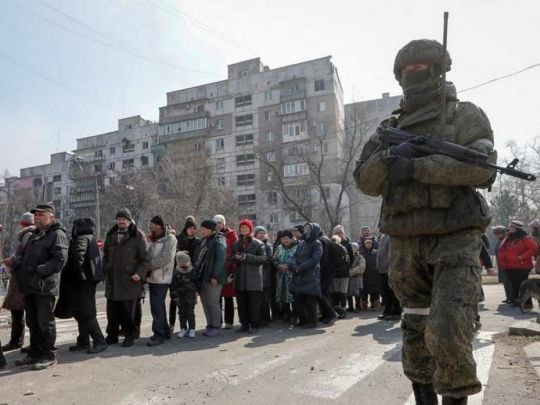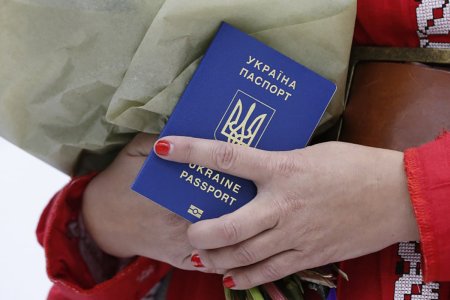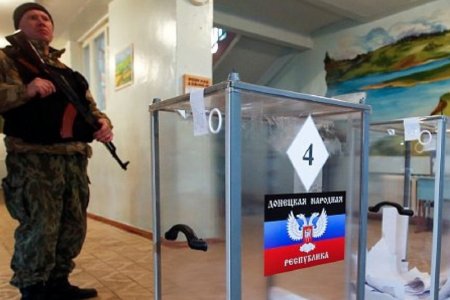
Amendments have been introduced to Russian legislation which envisage “forced and controlled deportation of citizens” from zones where Russia has declared martial law to territory where no such state has been declared. Translated from Russian Newspeak, this means that the aggressor state illegally occupying parts of Ukraine receives a legislative carte blanche to carry out forced deportation of Ukrainians from their homes in Ukraine to Russian territory. Such deportation has hitherto been carried out under the guise of ‘evacuation’.
Russian senator Andrei Klishas reported on 16 May that he, with colleagues, had introduced amendments to Law № 168783-8. These also allow people to be detained for up to 30 days in areas declared by Russia to be under martial law if they infringe restrictions imposed by Russian leader Vladimir Putin’s decrees. Any extension to repressive legislation is undesirable, however the Russian invaders cannot be said to have awaited any permission up till now. Since the beginning of the full-scale invasion, huge numbers of civilians have been seized, imprisoned in basements or police holding units, and subjected to torture, often for longer than the 30 days proposed here.
The envisaged “forced and controlled deportation” of Ukrainians to areas not under Russian martial law is claimed to be aimed at “ensuring security, protecting citizens’ life and health”, as well, allegedly, as the ‘electoral rights’ of those living on what Russia is pretending is its new territory.
On 19 October 2022, Putin imposed martial law on the parts of the Donetsk; Luhansk; Kherson and Zaporizhzhia oblasts then under Russian occupation. Soon afterwards, parts of Kherson oblast were liberated, including Kherson itself. There was concern from the outset that martial law would be used to justify an escalation in terror and repression. It is hard to say whether this was the case, although only because the measures imposed in Russia and occupied Crimea within days of the full-scale invasion were already draconian, while the invaders brought near total lawlessness and terror to all Ukrainian territory seized after 24 February 2022.
The new amendments also propose ‘clarification’ that on territory where martial law has been declared, referendums and elections are not held except where the decision to hold them has been taken after consultation with Russia’s defence ministry and FSB [security service]. After staging fake ‘referendums’ on invaded Ukrainian territory in order to claim ‘justification’ for their annexation, Moscow then imposed martial law, although its own law prohibits the holding of referendums or elections during such a state. The new amendments are aimed at bypassing such restrictions, since Russia is clearly planning to claim legitimacy for illegal occupation administrations by faking ‘parliamentary elections’ on occupied territory.
It is also waging an aggressive battle to foist its citizenship on Ukrainians in occupied territory and to force them into signing documents purportedly ‘renouncing their Ukrainian citizenship’. Putin initiated such efforts in occupied parts of Donbas with a first ‘decree’ on 24 April 2019, with the simplified procedure for getting Russian citizenship later extended to residents of all parts of the Donetsk and Luhansk oblasts.
A study carried out in 2020 found that Russia’s attempts to thus ‘russify’ the population of occupied Donbas had not had any major success. Russia also needed to resort to subterfuge in 2021 to trick Donbas residents into taking part in the ‘elections’ to Russia’s Duma that year.
The number of those willing to take Russian citizenship in occupied parts of Kherson and Zaporizhzhia oblasts is clearly even lower. This has led to the occupation regime threatening to remove parental rights if parents do not take Russian citizenship, as well as mass methods of pressure on those working in the public sector or state enterprises (currently under Russian control).
On 27 April 2023, Putin signed a new ‘decree’ envisaging the deportation of Ukrainians from currently occupied parts of Ukraine’s Donetsk; Luhansk; Kherson and Zaporizhzhia oblasts for refusing to take Russian citizenship. In theory, these Ukrainians living in their native Ukraine, but labelled ‘foreign nationals’, needed to have also ‘posed a threat to Russia’s national security”, but the text made it entirely clear that merely showing opposition to Russia’s war against Ukraine, holding a solitary picket, or similar, would suffice to end up deported.
Judging by previously concealed, now open plans for deportation, Moscow appears to be reverting to the tactics used during Stalin’s reign to dilute and mix the population of areas that have fallen under its occupation. Such measures are in flagrant violation of international law, and demonstrate the essentially genocidal aims behind Russia’s war of aggression against Ukraine.
See also Russia to deport Ukrainians who reject Russian citizenship from occupied Ukraine as ‘foreigners’



